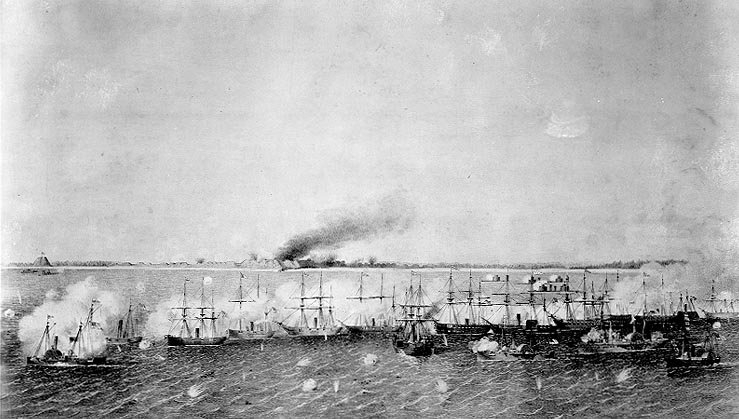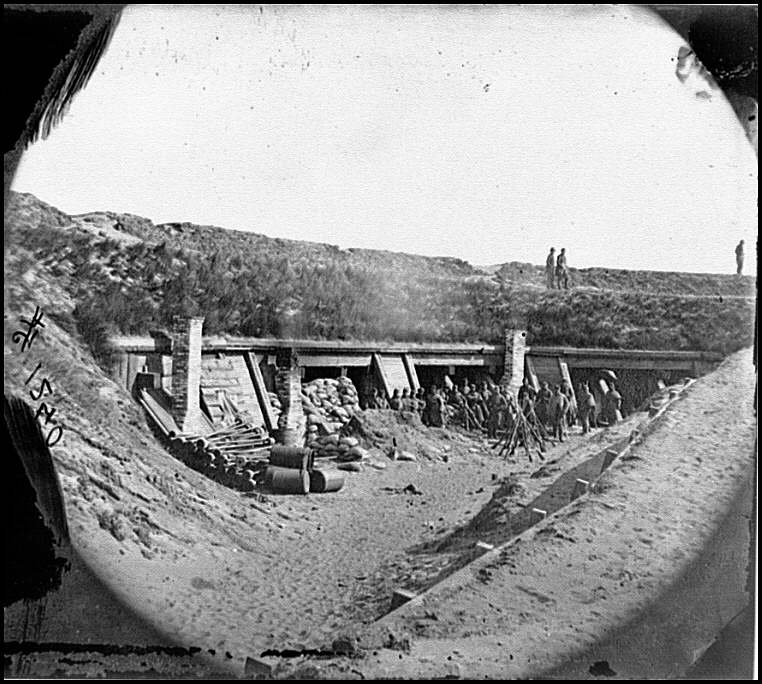Fort Fisher protected the last open major port of the Confederacy
Up to this point, the Union had effectively blockaded the entire coast and had taken control of most of the important Confederate ports along the littoral.
To compensate for their lack of access to essential military supplies, the Confederacy would exchange cotton and tobacco for the materials they required to support their war effort with the British. By the end of 1864, Wilmington, North Carolina served as the final significant Confederate port as a result of the Union blockade throughout the entire U.S. coast and the loss of several important Confederate ports. The distinctively crafted Fort Fisher was responsible for guarding this crucial port. The fort was constructed primarily of dirt mounds and sand, which proved to be more successful at absorbing cannon explosions than the conventional brick and mortar, and was inspired by the design of the Malakoff Tower in Ukraine. Robert E. Lee emphasized the significance of Fort Fisher by warning Colonel William Lamb, the fort's commanding commander, that if he lost control of it, Lee wouldn't be able to supply his army. Therefore, it can be concluded that Fort Fisher protected the last open major port of the Confederacy and it is one of the facts about the battle of Fort Fisher.
Following the Second Battle of Fort Fisher, the Union was free to march into Wilmington and take it when the Confederacy lost control of the fort.











